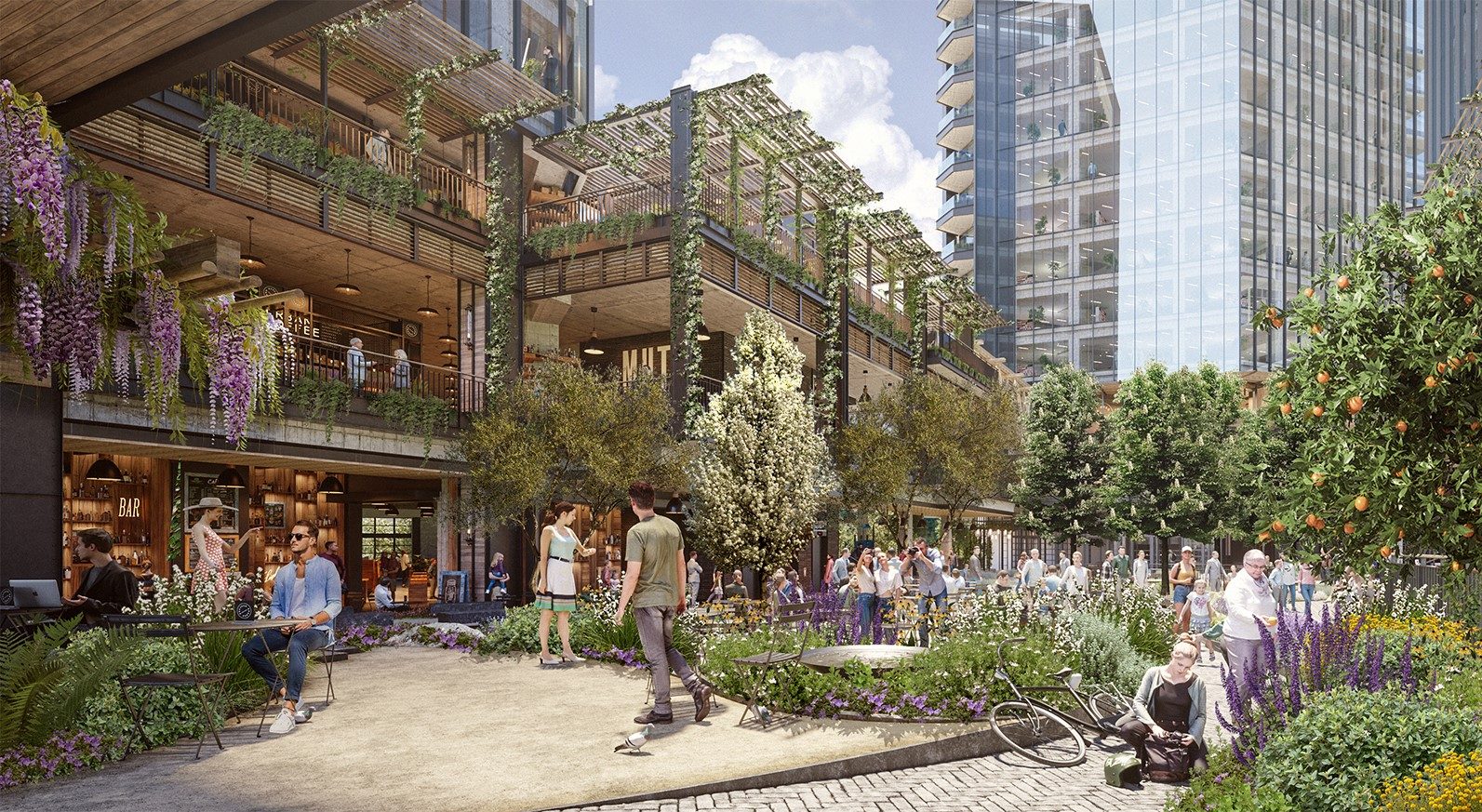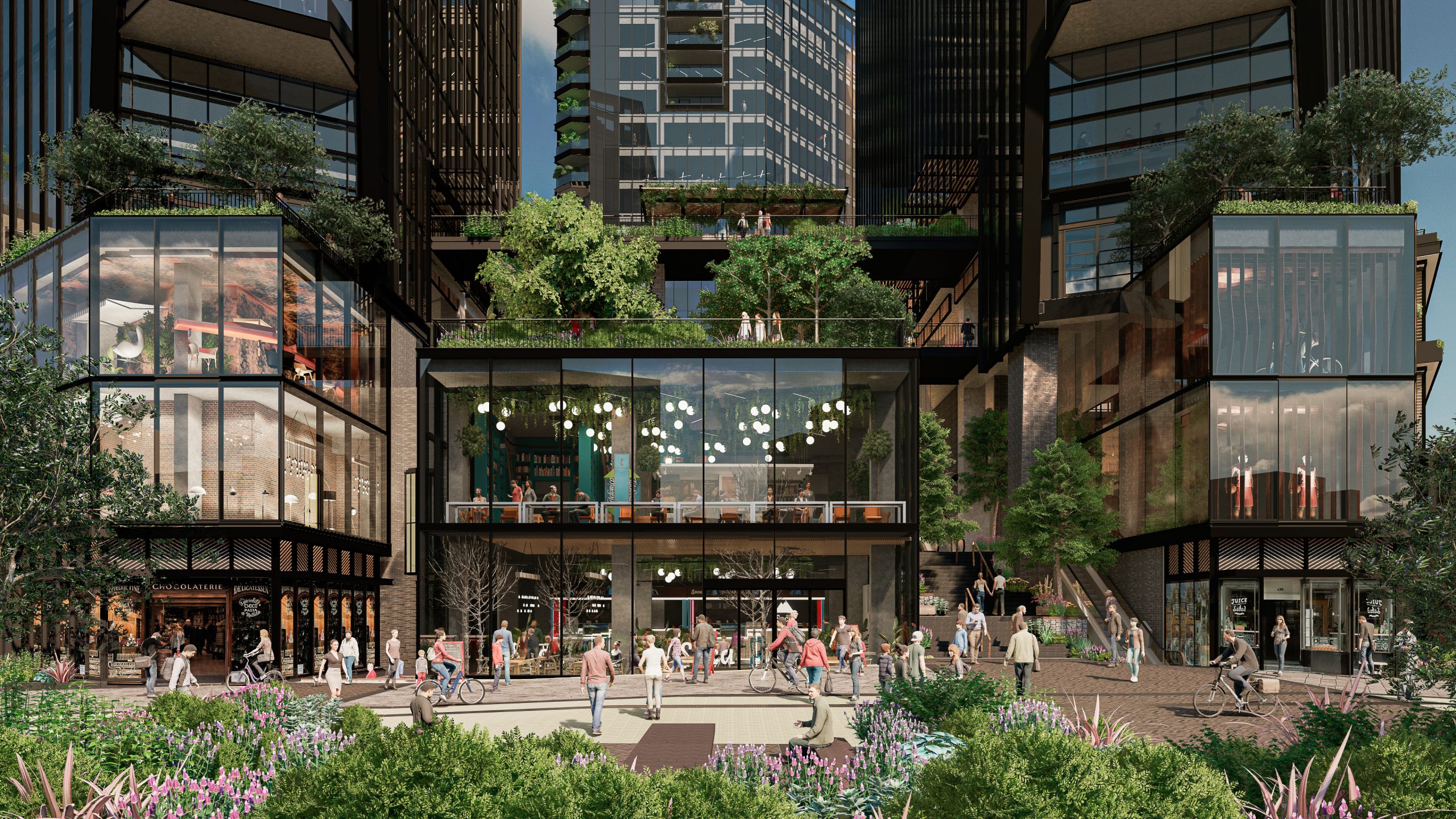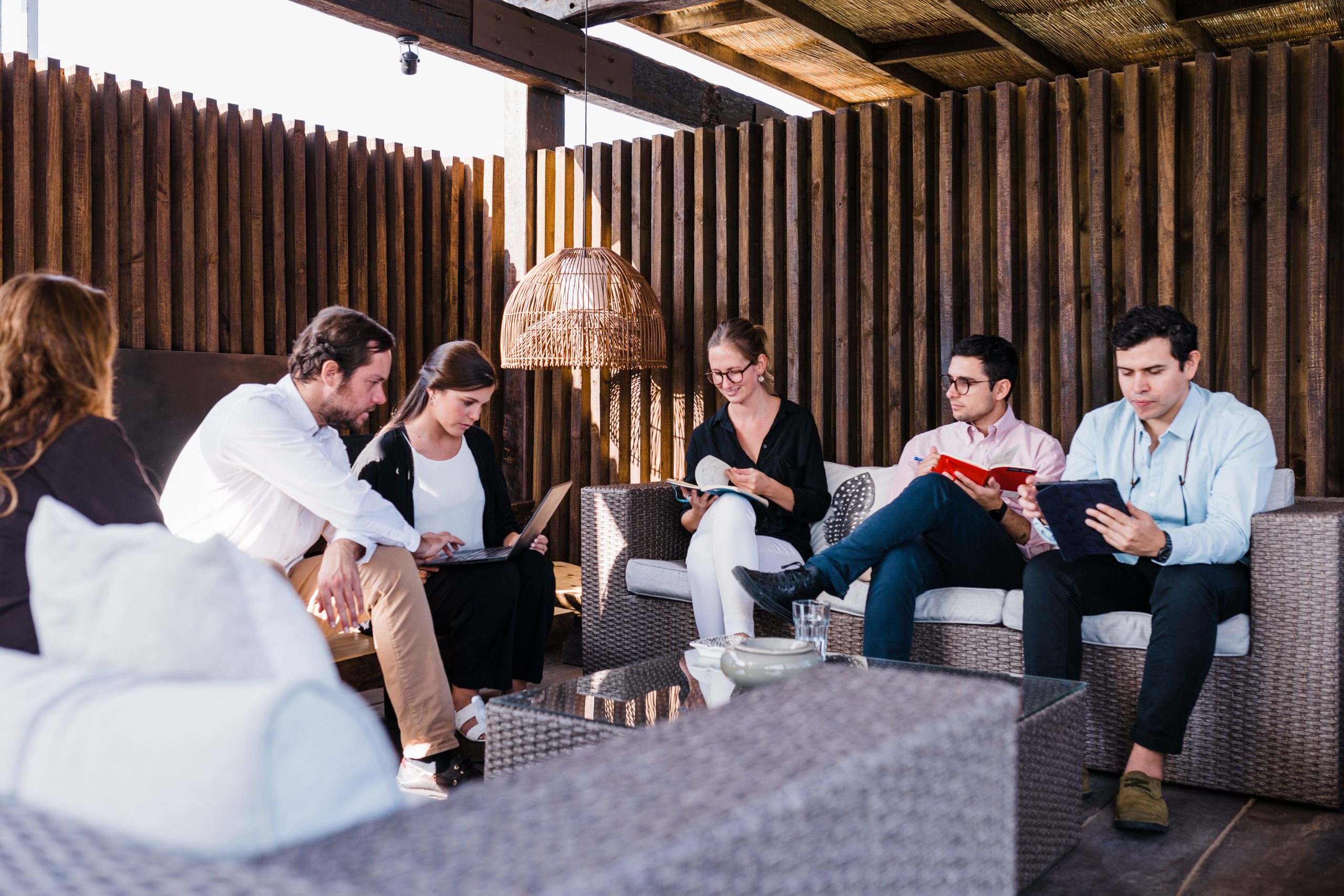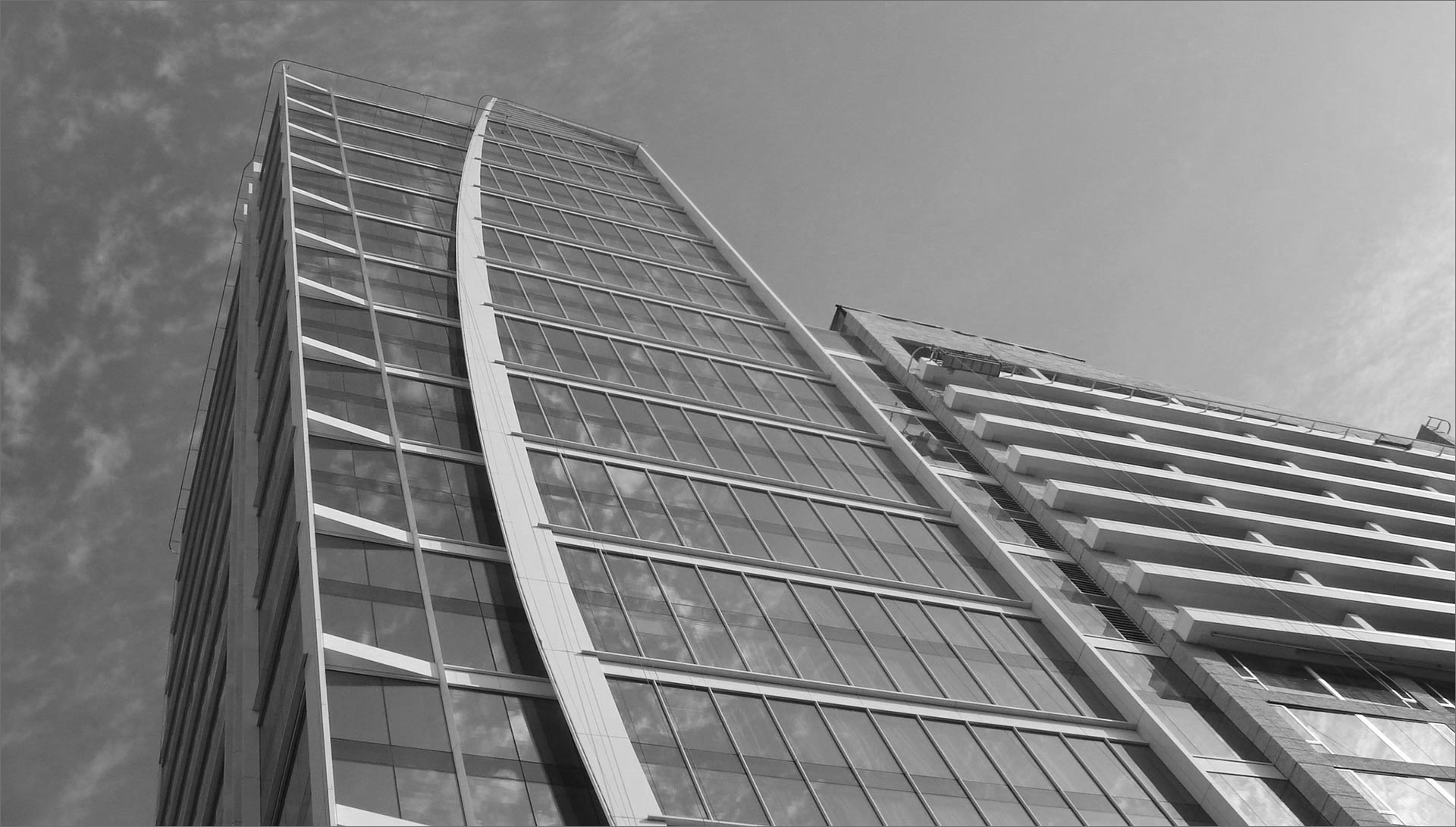Ignacio Salazar, general manager of Territoria, explains how MUT’s plazas and gardens were designed to be integrated into the project and promote community interaction.
MUT has approximately 21,800 square meters of green areas, gardens, and plazas open to the community, which are integrated into the various spaces, such as offices, restaurants, retail, and many others, that the project offers.
Ignacio Salazar, general manager of Territoria, explains how these public spaces were conceived from the beginning of the project as a way to bring the community together, enhance the street, and revitalize urban life.
Why does public space play a role in MUT?
«We are creating an Urban Market. This is a modern expression of the traditional market, where trade takes place directly between the owner of the products and the customer, establishing a personal relationship that grows richer over time.»
“Plazas are places that have historically been adjacent to markets, where people would gather, socialize, leave their belongings, carts with produce, horses, etc., eat, and share. MUT’s plazas fulfill exactly the same role they once did; that is, they are conceived as places where people meet, breathe, take a break from the hectic city life, sit and connect, enjoy the trees, plants, and water features that the project will contain, all in the open air. MUT’s public spaces are designed as places that facilitate encounters in a beautiful and welcoming environment.”
Why was it conceived this way?
“Because we believe that by facilitating and promoting encounters, physical spaces become entertaining and acquire meaning. Shopping centers have been designed with functionality and as an incentive to consume. That’s changed, and today we must give meaning to physical spaces from the very beginning, so that they have meaning for people.”
What kind of public spaces are included in the project?
“We have two types of public spaces in the project. The first, which is a natural extension of the Market and together constitutes the soul of the project: the third-floor plaza, which we have named the Market Garden for this very reason. This space is being planted primarily with productive plants (olive, orange, lemon, and grapevine trees, among others) and includes the development of seasonal gardens that can be used in some food spaces or for sale at the Market. We hope this will become a vibrant space, animated by the people who live or work in the neighborhood, with whom we believe we can create interesting community gardening programs.”
“A second very important public space is the one surrounding the project, that is, the entire block of Apoquindo, Encomenderos, Roger de Flor, and El Bosque. This entire exterior space is conceived as an extension of the project’s interior spaces, integrating and nourishing the street. MUT is, therefore, a public space in itself, open and integrated into the city. We have worked closely with the Municipality of Las Condes to design and conceive a new plaza that will appear in Encomenderos and a completely renovated promenade that will become Roger de Flor, providing a beautiful and welcoming space for those who pass through. Between the interior spaces and the street, we have developed two hectares of open-air spaces, with trees, flowers, shrubs, seating, and tables for working and meeting, which will enrich the experience of those who walk or circulate there, and which we are convinced people will appreciate and make their own.”
Where did you get your inspiration to develop this idea of public spaces?
“Traveling, observing, and talking a lot. Santiago being such a beautiful city, with so much nature surrounding it, we’ve always thought it inexplicable how we shut ourselves away. The street gives enormous value to urban life, and we must, therefore, revitalize it. It’s imperative for all of us to begin paying off the debt for more green spaces, well-maintained and designed, and we thought we could also help do so. London with its enormous parks and plazas, New York and its brilliant pocket-sized squares, Stockholm and Copenhagen with their urban life focused on pedestrians and cyclists, and even the densely populated cities of Tokyo and Hong Kong have served as examples of concern for the quality of life of their inhabitants and the search for balance between private development projects and the improvement of city life. All projects have an impact, but all cities also evolve. Wisdom lies in finding the right balance in this evolutionary process, which requires a long-term perspective and a spirit of collaboration and openness with all those who interact in the process of its development.”
Who has participated in the development of this idea?
“Literally the entire Territoria team has been involved in these discussions, which are not limited to a single aspect but rather include the entire vision of the project and how we can achieve the necessary balance between its different components in the face of the social trends we see rapidly emerging. Ideas such as cross-cutting, free access, integration, healthy living, responsible consumption, and sustainability are always present in our analyses, which are supported and nurtured by key people who contribute their external vision, such as Tere Matte, Marcial Cortés Monroy, and Martín Vinacur. In any case, this has been an exciting task of discovery and evolution in which, I insist, everyone at Territoria has participated, without distinction, through long brainstorming meetings in which we have all contributed a part in the construction of this great dream.”




